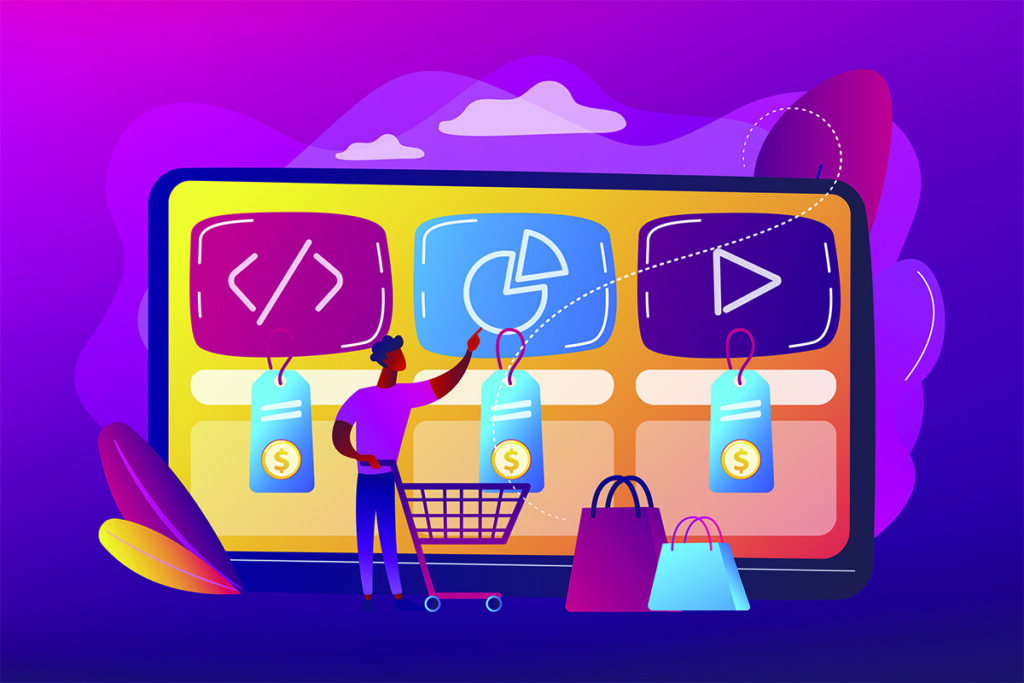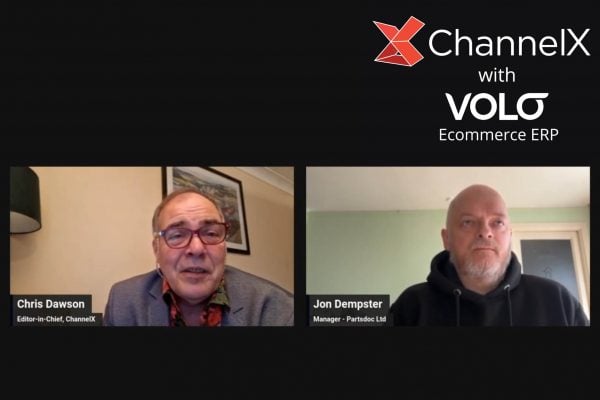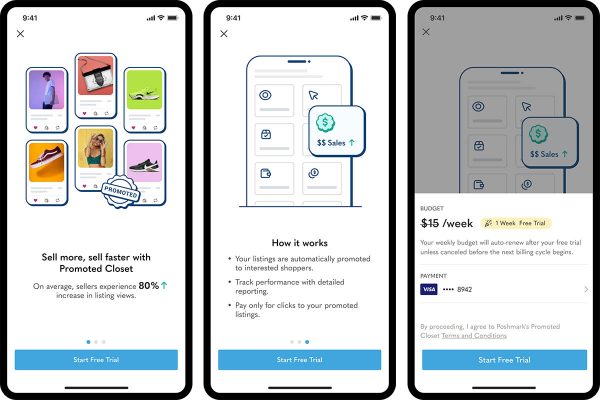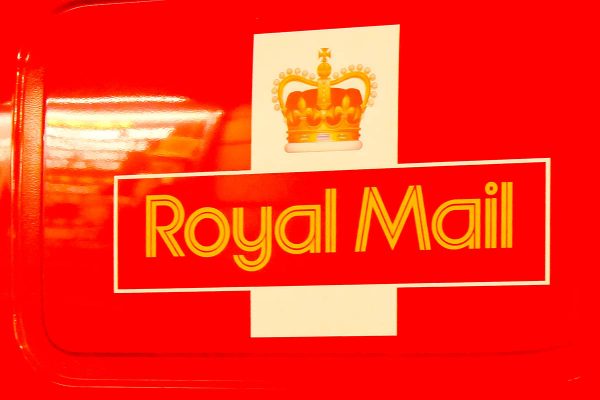 We recently published a white paper focusing on how to build, grow and industrialise ecommerce, but there has to be a start point and for many a catalyst to embrace multiple channels was the onset of the coronavirus pandemic and shut down of their offline businesses.
We recently published a white paper focusing on how to build, grow and industrialise ecommerce, but there has to be a start point and for many a catalyst to embrace multiple channels was the onset of the coronavirus pandemic and shut down of their offline businesses.
Today, Tony Kyberd, COO of ecommerce platform and services provider Volo Commerce, goes back to basics and looks at the flexibility and adaptability that comes from ‘being multichannel’.
It’s a natural human thing to want to be in control, in life and business. When we’re in control, we’re more relaxed, less stressed. The control comes from being masters of our destiny; we have the freedom to make decisions, because we have options. We can make things happen, rather than let things happen to us. Having a choice is always better than Hobson’s choice.
And while we can’t do anything about the choices we’ve made, we can use the lessons from how those previous choices worked out to inform the choices we’re making today and tomorrow. Nowhere is that more apparent than right now, as we continue to re-open our society, our shops and businesses, wondering how long this current phase will last before another major change.
Events like coronavirus force us to make a lot of emergency or tactical decisions. At the same time, if you’re anything like me, you’re wondering how you can avoid and perhaps capitalise on something like this the next time. Often, of course, the next time is often not the same as the last time.
In the offline-online commerce discussion, will people revert to previous behaviours and shop as they were doing before March, or will these surging levels in ecommerce – 5 years’ worth of growth in 5 weeks is the statistic we hear about these days – stay with us for the foreseeable future? The smart money says it will be somewhere in between, and it’s in everyone’s interest who’s reading this article that it’s towards the top end of the range.
Furthermore, many of our customers have seen the lion’s share of their recent growth come from a large cohort of new customers. If you’re similar, the key will be converting them into returning customers, either on the channel they first bought from or, if appropriate, on your favoured channel.
At the same time, we need to figure out what’s the best way of being able to ride out any future storms that we don’t know about yet. This is where the work starts, since it’s work you need to be doing right now, while you’re running your business in its current set-up. The two things have to happen in tandem, otherwise you’re looking at fire-fighting like the global event we’ve just negotiated rather than a smoother transition to the next level in your growth.
Being present on multiple selling channels is a great way to give yourself more control and more of the options I talked about at the beginning of this article. Being multichannel – and embracing the new channels that haven’t been invented yet – is the natural evolution of the smart merchant and brand.
Until about 30 years ago we had the traditional shopping channels we’ve always had, namely the physical ones: store premises, street premises, door-to-door offerings and MOTO (mail order catalogues and telephone ordering). With the telephone line, the Internet and a website came electronic commerce, and suddenly the world’s shops – at least those that were online – were a couple of clicks away. From there it was a natural step to marketplaces, online markets driving millions of buyers to hundreds or thousands of sellers.
On the demand side, and let’s face it, we consumers are demanding, we’re almost all multichannel shoppers, often using more than one channel during a single purchase cycle. On the delivery side, multichannel is easy to say but much harder to do. Consequently, those businesses who took a strategic decision not to be online – at least not in the proper, transactional sense – have had to ascend the steep ecommerce learning curve really quickly over the last 3-plus months.
This is the difference between reacting and not being in control, as opposed to being proactive and having the control and options that come with it. Multiple channels means multiple options. The more channels you sell on – traditional, online, emerging – the more agility and flexibility you have if one of those channels goes south. And if your business is spread evenly across the channels, rather than, for example, 80% from channel A, 10% from channel B and 10% from channel C, then so much the better.
And for those of you that play purely on the online channels, the more online bets you put down, be they web stores, marketplaces, regions, product lines or categories, the more quickly you can measure, manage and adapt to changing circumstances. Of course, being multichannel is not without its challenges, and we’ll address two of those challenges in another article. In the meantime, and for more on this topic, take a look at the Tamebay white paper on scaling up your online business, which we at Volo are delighted to be able to sponsor.










One Response
I currently sell on notonthehighstreet and find the need to seek approval for every single product frustrating, time consuming and somewhat insulting. Once I have finished my own website I will start thinking about other market places so the white paper will be helpful, thank you.